
Rechargd.com is reader supported. We may collect a share of sales or other compensation from the links on this page. As an Amazon Associate, we earn from qualifying purchases.
As we come up to the 3rd anniversary since the launch of the Tesla Model 3, the question under consideration is, just how long will the battery last, and if you need to replace it, how much would it cost? But first what is the official mileage for a tesla battery?
Currently, the Model 3 battery modules have a minimum life span of 1,500 charge cycles, which translates into approximately 300,000+ miles (standard range/standard range, plus option) and, up to 500,000 miles (long-range variants), so basically they last forever.
Understanding the life span of a Tesla Model 3 battery
Well, the math part is pretty much straightforward, but before we go through the numbers, let’s just consider for a moment what we mean by ‘charge cycles’?
What is a charge cycle?
A charge cycle is when you’ve used 100% of rated battery capacity, keep in mind, it’s not necessary to deplete the battery from 100% – 0% in one trip, for example: let’s assume you drove your car 120 miles yesterday (50% depletion on SR+), then plugged in for the night, and charged to 100%, then went on a 120-mile road trip today, using 50% of the battery again — this would be counted as one cycle.
So what does that mean in actual mileage?
- Standard Range Plus Model 3 has 240 miles of range, so 240 x 1500 charge cycles = 360,000 miles.
- Long-range Model 3 variants have 310 to 325 miles of range, therefore 310 x 1500 charge cycles = 465,000 miles.
How does this compare with the annual mileage driven?
Well you do need to put some perspective too these numbers, because according to the US Department of Transportation, Federal Highway Administration (FHA), Americans drive an average of 13,476 miles a year – which is currently an all-time high, while in the UK, recent data released by the Department of Transport, stated it was 7,134 miles per year – which is a reduction on previous years.

How many years would you need to drive compared to the life span of the Model 3 battery?
So with that in mind, for the average driver in the US to achieve the battery lifespan of a Model 3, he or she needs to drive the car for between 26 and 50 years, whereas in the UK, it would be between 50 and 65 years – and while that in many ways is a good thing, it might not be all sunshine and roses.
Think about it this way, with such a long battery lifespan is that good for the Model 3 owner or the environment?
Let’s talk hypothetically for a moment, fast forward to the year 2030 – ten years from now.
At the current estimated annual mileage rates, your Model 3 will have driven between 130,476 miles in the US and 70,134 miles in the UK (which in this scenario, would mean the Tesla battery warranty of; whatever comes first eight years or 100,000 miles, would have expired) and, because there’s plenty of life left in the battery, you decide to keep the car.
What do you think the cost of ownership might look like over that period, and more importantly, do you think the physical car would have stood the test of time?
Consider the cost of ownership?
As a minimum, if you only followed the Tesla tire guideline, of replacing the tires every six years or sooner if required, you would have incurred the cost of at least one set of brand new tires.
Tyre rotation (every 6,250 miles) although not necessary helps tyres wear evenly and therefore prolong their life.
At the same time, you would have probably needed to do more, including changing the wiper blades on several occasions, and there’s bound to be other expenses during that period.
Then you have to consider what the bodywork might look like, and how the interior trim has performed over this time – would you have needed any repairs?
Read more about the true cost of ownership.
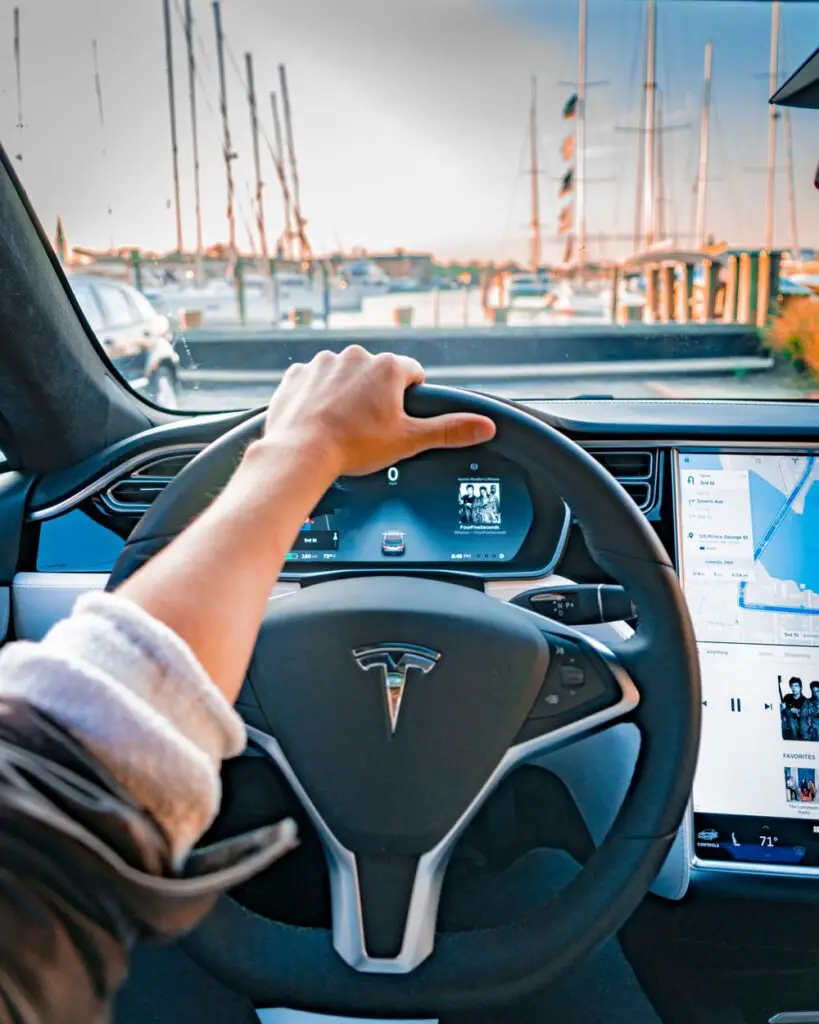
Deciding to buy a Tesla
There are two primary reasons people are hesitant to buy a Tesla, first, they’re unsure if it will satisfy their mobility needs, and second, they’re afraid the battery won’t last the whole life of the car, and they’ll have to replace it for a lot of money.
On both of these points, Tesla CEO Elon Musk has made some fairly incredible claims about the longevity of the Tesla Model 3, back in 2019, he suggested that ” Model 3 drive units & body is designed like a commercial truck for a million-mile life.
However, you do need to take this comment in context, it’s based on the car having between 2 or 3 battery module replacements during that period – more about this point later.
Advances in technology
With constant advance in technology you would also need to think about, where your model 3 would sit in the Tesla hierarchy, in other words, what version of Tesla will we be on in ten years, and how will your Model 3 compare?
So while everything is looking seeming pretty good for the battery, the same might not be said for your Model 3 or your wallet. That said Tesla depreciates very well compared with other luxury cars.
Then let’s look at how green Tesla is, and, what with having such a long battery life might mean to the environment.
The Lithium-ion batteries Tesla use play a key role in their product portfolio, and currently, the massive Gigafactory manufacturing facility in Reno, NV produces more lithium-ion batteries annually than were produced worldwide in 2013.
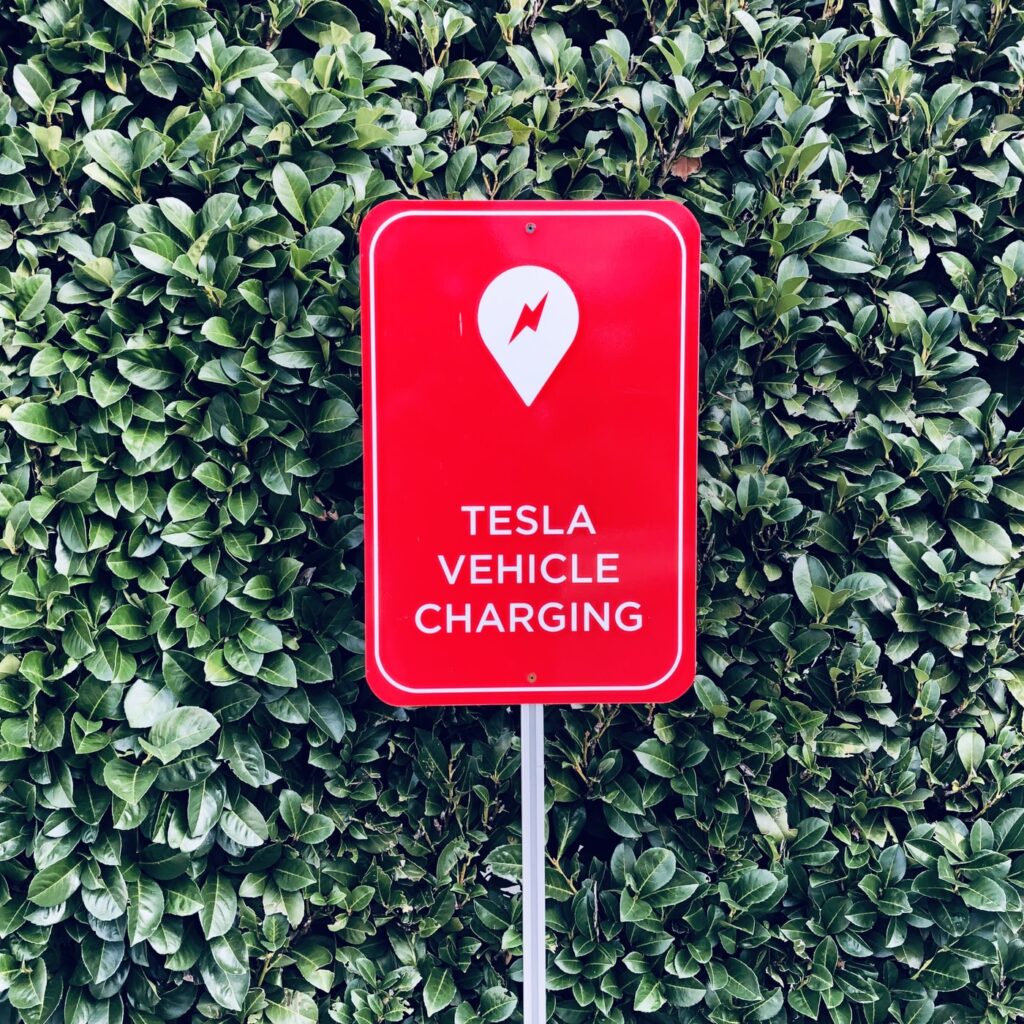
The worldwide demand for lithium
With the increased worldwide demand for lithium by Tesla, and other EV manufacturers more, and more lithium is mined in Australia by crushing rock, from there it is then sent to China for more energy-efficient processing. Unfortunately, as a consequence of this increased demand, and to reduce costs, many Chinese mines are powered using dirty electricity created from coal – further contributing to a negative impact on the environment.

Battery recycling
Then, once a battery reaches the end of its life, there is recycling and disposal to be considered. Currently, over 90% of lead-acid batteries used in typical gasoline-powered vehicles are recycled. Compare that to less than 5% of lithium-ion batteries.
And, while Tesla is making huge efforts to reduce its carbon footprint, including a processing center at the company’s Gigafactory that will recycle old batteries used in customers’ Tesla’s as well as those from their research and development.
New battery production
And, they’re recovering the lithium, cobalt, aluminum, copper, along with the steel from the batteries in a closed-loop system that optimizes the materials for new battery production.
Even with all of this, there are still the expenses, and pollution incurred from shipping batteries from overseas to be recycled.
So again, great news for the battery, but perhaps not so great for the environment.
Now let’s say for argument’s sake, that Elon and his team have got their numbers wrong – do you need to worry?
With the company still being relatively young for an automaker, there is limited data that looks into the longevity of Tesla’s vehicles, and the question of how much battery capacity will be lost over time was never easy to forecast accurately.
However, now for the first time, there are some hard data from existing Tesla Model 3 owners which can help uncover the answer.
Research undertaken by Teslanomics – a community of Tesla enthusiasts that seek to understand the true impact of Tesla products and programs by analyzing the data and seeing what it shows, have analyzed battery degradation using data from 2,636 Model 3 owners and found that most Tesla would retain above 90% battery capacity even after they’ve reached 100,000 miles, and they are not alone in this thinking.
Supporting research
Back in early 2015, Samveg Saxena, who directs a vehicle, powertrain program at the Department of Energy’s Lawrence Berkeley Laboratory (Berkeley Lab). Stated, “We have found that only a small fraction of drivers will no longer be able to meet their daily driving needs after having lost 20 percent of their battery’s energy storage capabilities.
It is important to remember that the vast majority of people don’t drive more than 40 miles per day on most days, and so they have plenty of reserves available to accommodate their normal daily trips even if they were to lose substantial amounts of battery capacity due to degradation.”
“If the battery continues to degrade down to even 50 percent of its original energy storage capacity, our research found that the daily travel needs of more than 80 percent of U.S. drivers can still be met, and at 30 percent capacity, 55 percent of drivers still have their daily needs met. “Even if a driver has a long, unexpected trip beyond the normal daily travel, an EV battery with a substantial capacity fade can often still make the trip,”
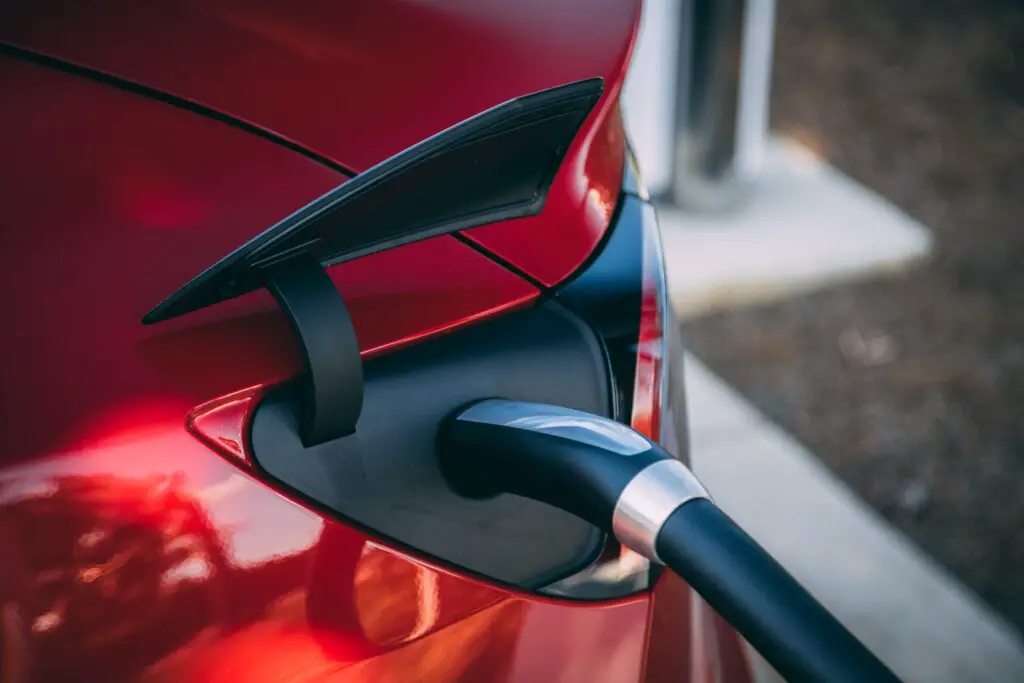
Even if the degradation numbers are wrong
So even if the numbers quoted by Elon Musk and his engineers at Tesla, are wrong, and battery degradation is greater than what they are suggesting, you don’t need to worry. You will experience more than enough life in the battery to keep your car on the road and to meet your daily driving obligations.
What if I didn’t follow Tesla’s advice about battery usage, and now I need to replace the battery in my Model 3, how much would it cost?
Well let’s suppose you did everything that Tesla recommends you Don’t do when it comes to battery charging, and maintenance, for example
- You always charged to 100% state of charge.
- You only charged at a Supercharger station, despite the fact you were only driving locally, and never ever going on any long road trips.
- You constantly ran the battery below 20-30% as opposed to keeping it between 30 -80%,
Firstly you don’t need to replace the battery
Then, according to a statement from Elon Musk last year, the good news is, that Tesla wouldn’t need to replace the whole battery pack, they would instead, offer you battery module replacements at the relatively low cost of between $5,000 and $7,000
Several reason for this
And, there are several reasons why they can do this, firstly unlike the Model S and Model X battery pack architecture, which is made of many battery modules (up to 16) the Model 3’s battery pack architecture is made of only 4 battery modules, and that Tesla specifically designed the Model 3 to focus on battery module replacements instead of changing the whole battery pack.
The Tesla revolutionary battery pack
Then there’s the fact that Tesla has revolutionized their battery pack and made it much more sophisticated, Tesla uses cylindrical battery cells, while other automakers use the more costly battery packs that, include a pouch or prismatic battery cells.
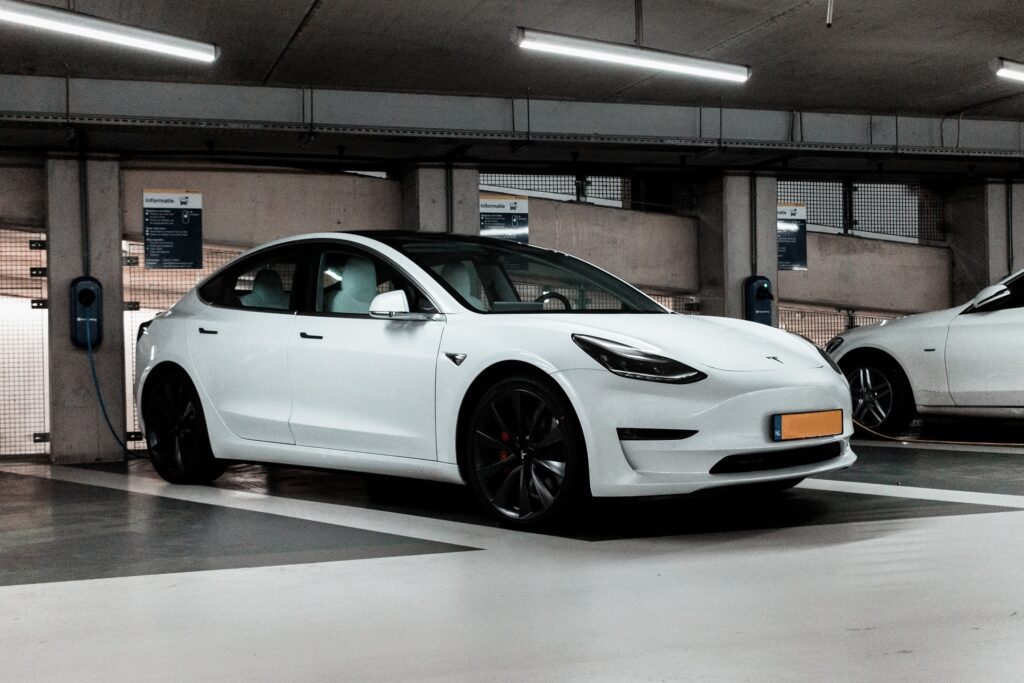
Driving costs down
Alongside this is the size and scale of Gigafactory, last year, they manufactured battery packs to power more than 365,000 new Tesla vehicles, with most of them for Model 3. By keeping battery production in-house this further helps to drive down costs.
The last word
We started by asking the question, ‘How long will a Tesla Model 3 battery last’ and the answer is, pretty much forever, and while that in itself is pretty astonishing.
Perhaps there is a bigger question to consider, and that is; will the life of the Tesla Model 3 as a car, match the life of its battery?
The age of the modern car
According to research from Australian automotive predictive researchers RL Polk & Co, the average age of a modern vehicle is 11.4 years, while the usual length of time drivers keep a new vehicle is around 6 years (which is less than half the life of a Tesla Model 3), and that advancements in technology are one of the major reason’s why people move on to just about any good, whether it’s a computer, a phone or a car.
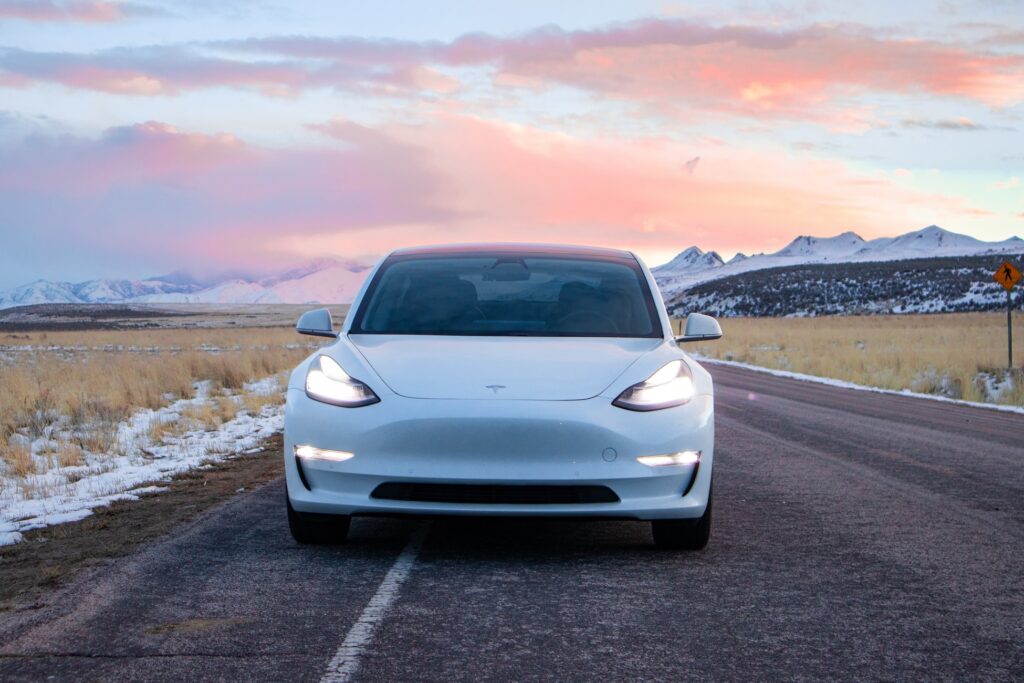
Only time will tell
So even if you were to buy your Model 3 with the desire to drive it for even half the life of the battery, we suspect technology advancements or at least new safety features, will have you eyeing a newer model eventually, and at that time what happens to both the car, and more importantly the battery – perhaps only time will tell?
